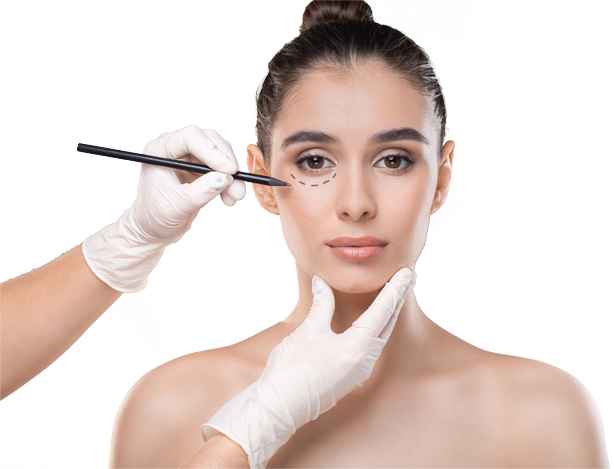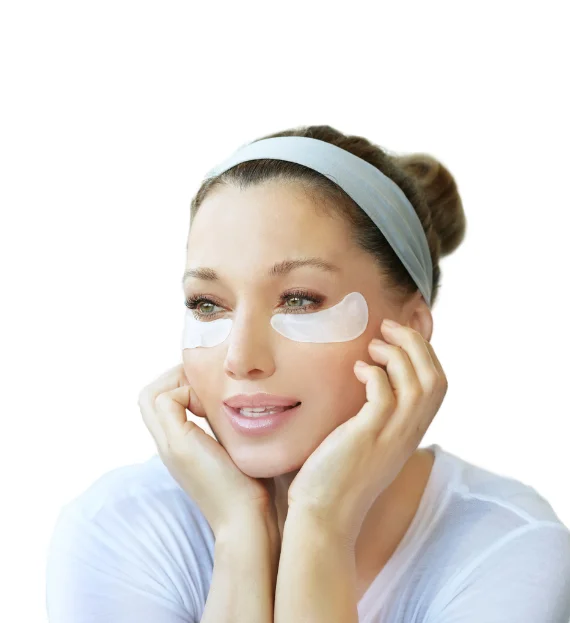Under eye dark circle & puffiness
Most Popular Procedures
Get enough sleep: Lack of sleep can contribute to the development of under-eye circles and puffiness. Aim for 7-9 hours of sleep each night.
Stay hydrated: Dehydration can make under-eye circles and puffiness more noticeable. Drink plenty of water throughout the day to stay hydrated.
Use cold compresses: Applying a cold compress to the under-eye area can help to reduce puffiness and inflammation. You can use a cold spoon, chilled tea bags, or a gel eye mask.
Use topical treatments: There are several topical treatments that can help to reduce the appearance of under-eye circles and puffiness. Look for products that contain ingredients like caffeine, vitamin C, or retinol.
Under eye dark circle & puffiness
Multiple Treatment Options
Manage allergies: Allergies can contribute to under-eye puffiness and dark circles. Speak with your doctor about allergy medication or other treatments to manage your symptoms.
Avoid rubbing your eyes: Rubbing your eyes can irritate the skin and make under-eye circles and puffiness more noticeable. Be gentle when applying makeup or removing eye makeup.
Consider cosmetic treatments: In some cases, cosmetic treatments like fillers or laser therapy may be recommended to reduce the appearance of under-eye circles and puffiness. Speak with a dermatologist or plastic surgeon to learn more about your options.
Faq
Frequently Asked Questions
A. Under-eye dark circles and puffiness can be caused by a variety of factors, including genetics, age, allergies, lack of sleep, and dehydration.
A. Yes, lack of sleep can contribute to the development of under-cycles and puffiness. Aim for 7-9 hours of sleep each night to help reduce their appearance.
A. Yes, there are several topical treatments that can help to reduce the appearance of under-eyes and puffiness. Look for products that contain ingredients like caffeine, vitamin C, or retinol.
A. Yes, allergies can contribute to under-eyes and dark circles. Speak with your doctor about allergy medication or other treatments to manage your symptoms.
A. In some cases, cosmetic treatments like fillers or laser therapy may be recommended to reduce the appearance of under-eye circles and puffiness. Speak with a dermatologist or plastic surgeon to learn more about your options.
A. Yes, rubbing your eyes can irritate the skin and make under-eye circles and puffiness more noticeable. Be gentle when applying makeup or removing eye makeup.
A. While it's not always possible to completely eliminate under-eye dark circles and puffiness, there are several steps you can take to reduce their appearance, including getting enough sleep, staying hydrated, and using topical treatments. In some cases, cosmetic treatments may also be recommended.






